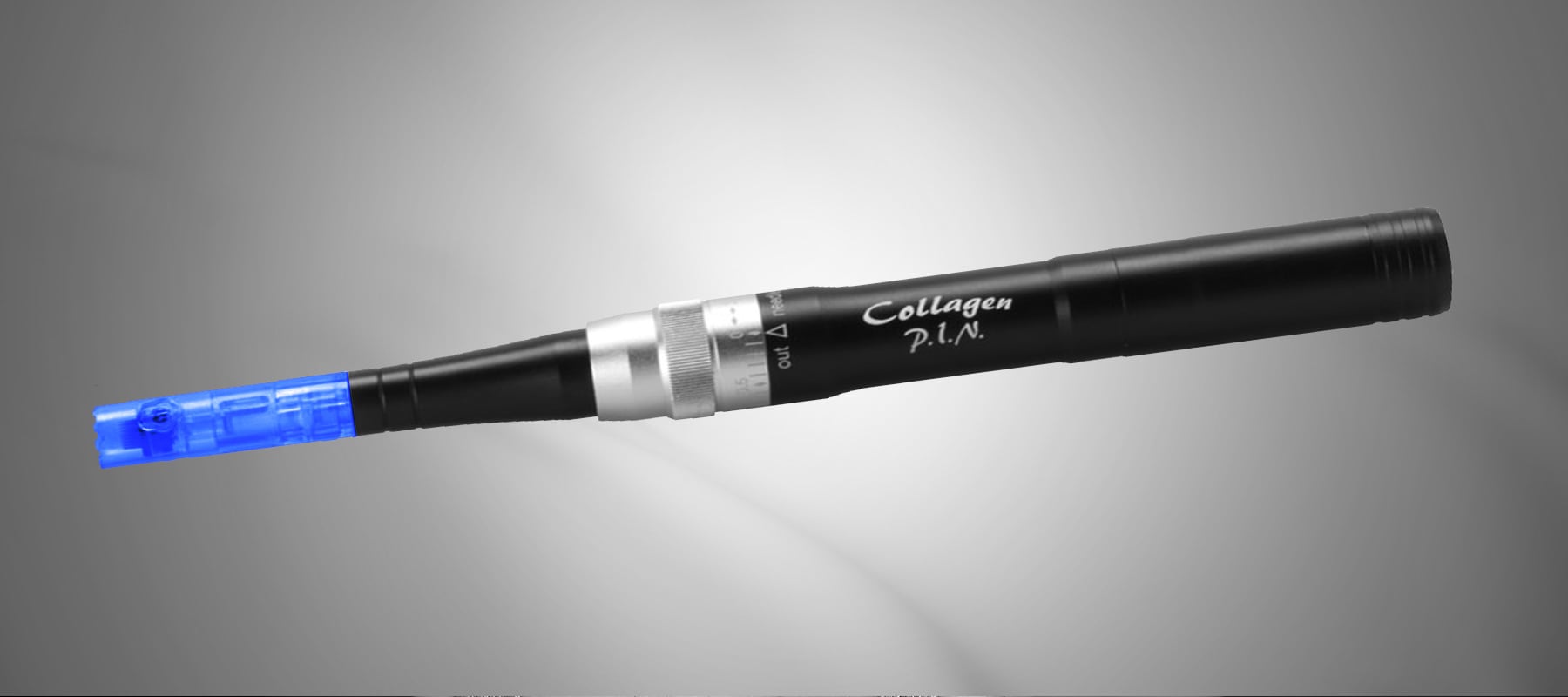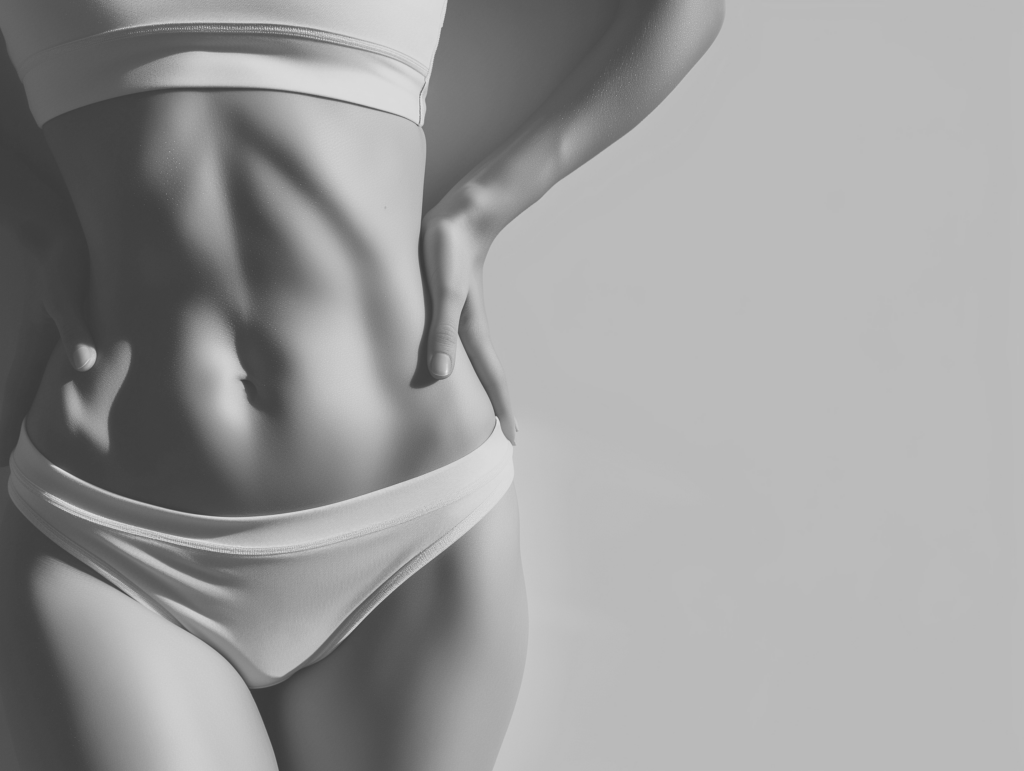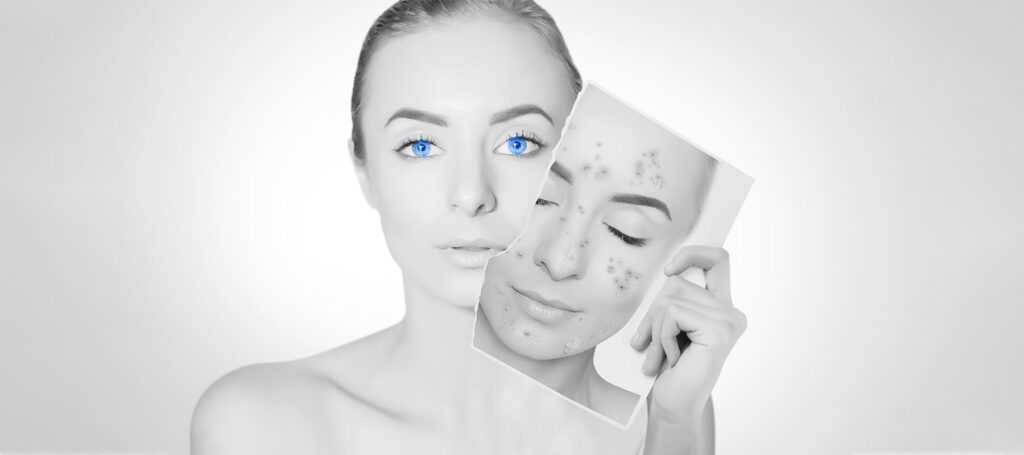Microneedling Vs Laser
Microneedling vs. Laser. Which is better? One of the hottest alternatives to laser skin resurfacing is microneedling. Both microneedling and laser skin resurfacing address the same cosmetic issues by using the principle of controlled skin injury and stimulation of our body’s natural synthesis of new collagen and elastin, but the two therapies do it in ways that differ. Known also as collagen induction therapy, this skin repair treatment has been around for more than a decade, but it has only recently gained traction in the light of numerous clinical studies proving that microneedling is beneficial not only in improving skin quality and texture, but also in reducing the appearance of acne and burn scars, with none of the side effects and discomfort associated with a face lift or resurfacing laser.
Although most of available skin rejuvenating modalities are based on the same concept (removing the epidermis, the outer layer of our skin, and inducing a controlled form of skin wounding by means of chemicals, light, and heat, in order to promote the biosynthesis of collagen and elastin, the two proteins responsible for skin firmness and suppleness), not all skins are created equal and not all patients are ideal candidates for the mechanics of pulsating beams of intense light and heat.
Microneedling uses a pen type device (or a roller) equipped with miniscule motorized needles (usually 2.5 mm long). After numbing the skin area in need of treatment with a topical cream, each fine needle located at the tip of the device pricks the dermis (the outer layer of our skin) creating channels of micro-injuries. What improves the look of the skin is its natural healing and repair response. As a reaction, in fact, the dermis will increase (sometimes with the aid of a growth serum) its production of collagen and elastin, the “youth proteins” that provide our skin with structure and strength. Unlike the resurfacing laser, a microneedling session will last only 30 minutes with virtually no post-procedure downtime: you will be able to leave the dermatologist’s office and head back to work with minimally visible redness. Microneedling uses mechanical injury rather than the light and heat of a laser to create a controlled wound. Microneedling causes less injury which minimizes the side effects and recovery time.
It might take up to five microneeding treatments (one per month) in order to achieve the desired outcome, but many people report an improvement in overall skin texture, skin tone, and a reduction in the appearance of fine lines, wrinkles, and even scars and stretchmarks. All with the extraordinary bonus of being suitable for treating all skin areas, even the most delicate (around the eyes, for example) and all ethnic skin tones.
Laser resurfacing, on the contrary, is a much more invasive procedure: intense light beams will treat only a targeted skin area and because lasers deliver intense heat, side effects that range from skin darkening, to bruising, to an overall redness similar to a severe sunburn will be frequent among patients. Although a one-and-done kind of procedure, laser will require a longer recovery time, interfering with the patient’s work and social life. Since this treatment is considerably more painful than microneedling, the use of pain medications before and after a session will be necessary, causing drowsiness and a pressing need for more rest. A flare-up of certain medical conditions might be triggered by the laser and, due to the thermal energy delivered to the skin during treatment, skin resurfacing is not ideal for very young candidates and for darker skin tones.
When used correctly resurfacing lasers can be a great tool for treating aging skin. However, lasers use focused light to produce heat to destroy certain colors of pigmentation and vaporizes skin. This is great for targeting dark spots but often leads to complications when treating patients with naturally darker skin. Microneedling breaks up pigment mechanically and remodels the collagen without heat or the light. When the heat is removed from the process, it makes for a much safer, more comfortable and more consistent treatment. No heat also equals less downtime! Most microneedling patients experience a healthy pink glow immediately after the procedure, which lessens dramatically within 24 hours or less. Most patients are back to work the same day and out to dinner the same evening and experience little to no downtime.
Content from Induction Therpaies website which is the device used by Dccm.



